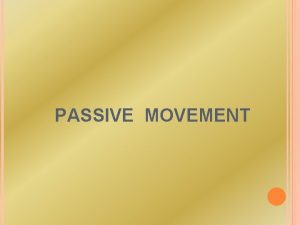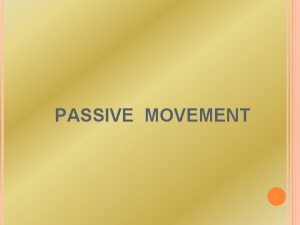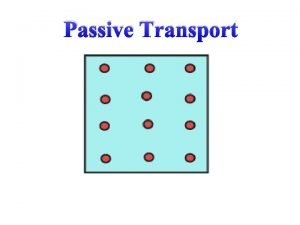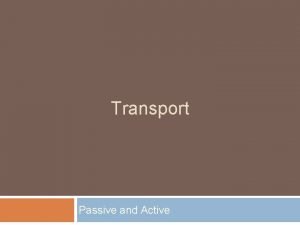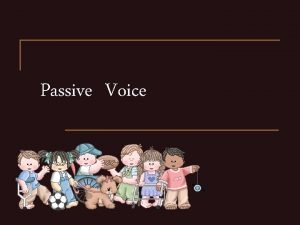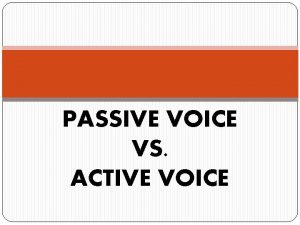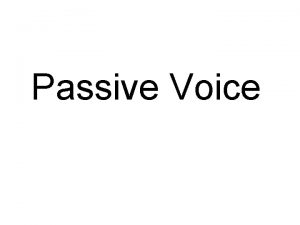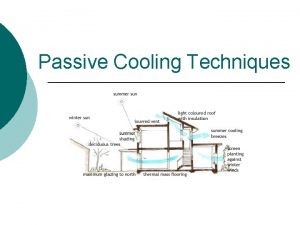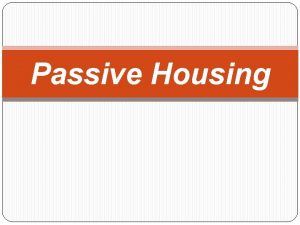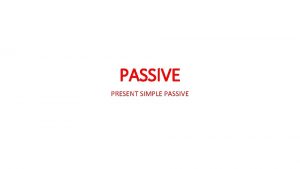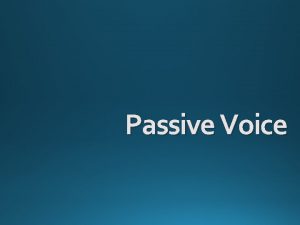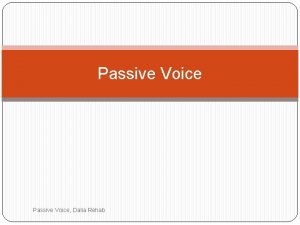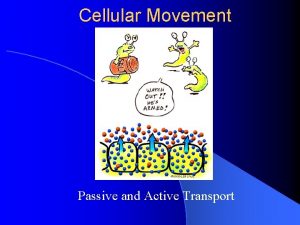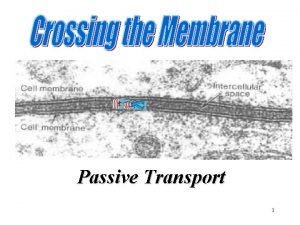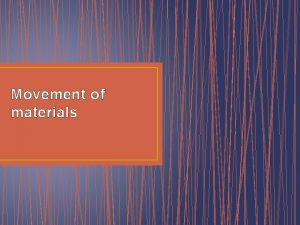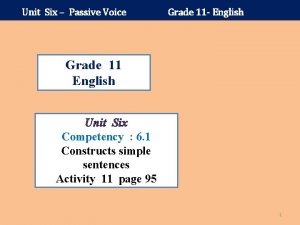MOVEMENT SYSTEM Grade XI Movement Passive the movement































- Slides: 31

MOVEMENT SYSTEM Grade XI

Movement �Passive: the movement of some body’s parts Example : plant’s movement �Active : movement of the whole body which enables it to move from one place to the other place Example : human’s movement

Organs Composing Movement System 1. Muscle : an active movement organ 2. Bone : Passive moving organ 3. Joints the connection between 2 or more bones

• Support-giving shape to the body • Protection • Movement • Mineral storage- calcium & phosphate • Blood cell formation- hematopoiesis

Composition of Skeletal System Types of Bone Fibrous connective tissue Shape Cartilage Compact bone Pipe Hyaline ligaments Spongy Bone Flat Elastic tendon Short Fibrous sesamoid Irreguler

Compact Bone



Running perpendicular to the haversian canals are Volkmann’s canals. They connect the blood and nerve supply in the periosteum to those in the haversian canals and the medullary cavity.

Spongy Bone

�Sponge like structures called trabeculae �Red bone marrow produces blood cell �Hip bone, ribs, chest, backbone, at the end of arm and leg bone


Bone Shape

Pipe Bone �Femur �Humerus �Radius �Ulna �Tibia �Fibula

Flat bone �Cranium �Ribs �Sternum �Scapula

Short Bone �Cube shaped �Wrist bone ( carpals ) �Ankle bone ( tarsals )

Sesamoid bone �Seed like shape

Irregular bone �Vertebrae �Maxilla �Facial bone �Coxal bone

Cartilage

�Chondroblast chondrocytes �Chondrocytes surrounded by chondroitin sulphate matrix

Tissues Matrix characteristics Hyaline cartilage Bluish- white Tranparant Collagen fiber Location Fibroblast cartilage Bone joint Knee backbone Dark and yellowish Collagen Elasctic cartilage Yellowish- white Net like tissue Joint surface Bronchi Larynx Tip of rib and waist bone Outer ear Epiglottis Larynx

Skeletal System Formation

275 bones 12 weeks (6 -9 inches long)

Formation of the Skeleton �Before. week 8, the human embryonic skeleton is made of cartilage and mesenchyme �After week 8, bone tissue begins to replace the cartilage � The development of bone from a mesenchyme called intramembranous ossification. � The replacement of cartilage with bone is known as endochondral ossification.

Joints

Synarthrosis Amphiarthrosis Diarthrosis –sinovial Ball and socket Hinge Pivot Gliding Saddle

Classification of Skeleton

Muscular System

MUSCLE TYPE No. Comparator Factors Skeletal Muscle Smooth Muscle Cardiac Muscle 1 Structure Striped Not striped Striped 2 Reaction fast slow rthymic 3 Nervous system control conscious unconscious 4 anatomi Lot of nuclei, perifer One nuclei, center 5 location Attached to bones Internal organ system heart 6 paricularity Easy to weary, Regular actinmyosin, branched Irregular actinmyosin

SKELETAL MUSCLE CELL

 Hát kết hợp bộ gõ cơ thể
Hát kết hợp bộ gõ cơ thể Frameset trong html5
Frameset trong html5 Bổ thể
Bổ thể Tỉ lệ cơ thể trẻ em
Tỉ lệ cơ thể trẻ em Chó sói
Chó sói Tư thế worm breton
Tư thế worm breton Hát lên người ơi
Hát lên người ơi Các môn thể thao bắt đầu bằng tiếng bóng
Các môn thể thao bắt đầu bằng tiếng bóng Thế nào là hệ số cao nhất
Thế nào là hệ số cao nhất Các châu lục và đại dương trên thế giới
Các châu lục và đại dương trên thế giới Công thức tính thế năng
Công thức tính thế năng Trời xanh đây là của chúng ta thể thơ
Trời xanh đây là của chúng ta thể thơ Cách giải mật thư tọa độ
Cách giải mật thư tọa độ Làm thế nào để 102-1=99
Làm thế nào để 102-1=99 Phản ứng thế ankan
Phản ứng thế ankan Các châu lục và đại dương trên thế giới
Các châu lục và đại dương trên thế giới Thể thơ truyền thống
Thể thơ truyền thống Quá trình desamine hóa có thể tạo ra
Quá trình desamine hóa có thể tạo ra Một số thể thơ truyền thống
Một số thể thơ truyền thống Cái miệng nó xinh thế chỉ nói điều hay thôi
Cái miệng nó xinh thế chỉ nói điều hay thôi Vẽ hình chiếu vuông góc của vật thể sau
Vẽ hình chiếu vuông góc của vật thể sau Thế nào là sự mỏi cơ
Thế nào là sự mỏi cơ đặc điểm cơ thể của người tối cổ
đặc điểm cơ thể của người tối cổ Ví dụ giọng cùng tên
Ví dụ giọng cùng tên Vẽ hình chiếu đứng bằng cạnh của vật thể
Vẽ hình chiếu đứng bằng cạnh của vật thể Phối cảnh
Phối cảnh Thẻ vin
Thẻ vin đại từ thay thế
đại từ thay thế điện thế nghỉ
điện thế nghỉ Tư thế ngồi viết
Tư thế ngồi viết Diễn thế sinh thái là
Diễn thế sinh thái là Dot
Dot
































